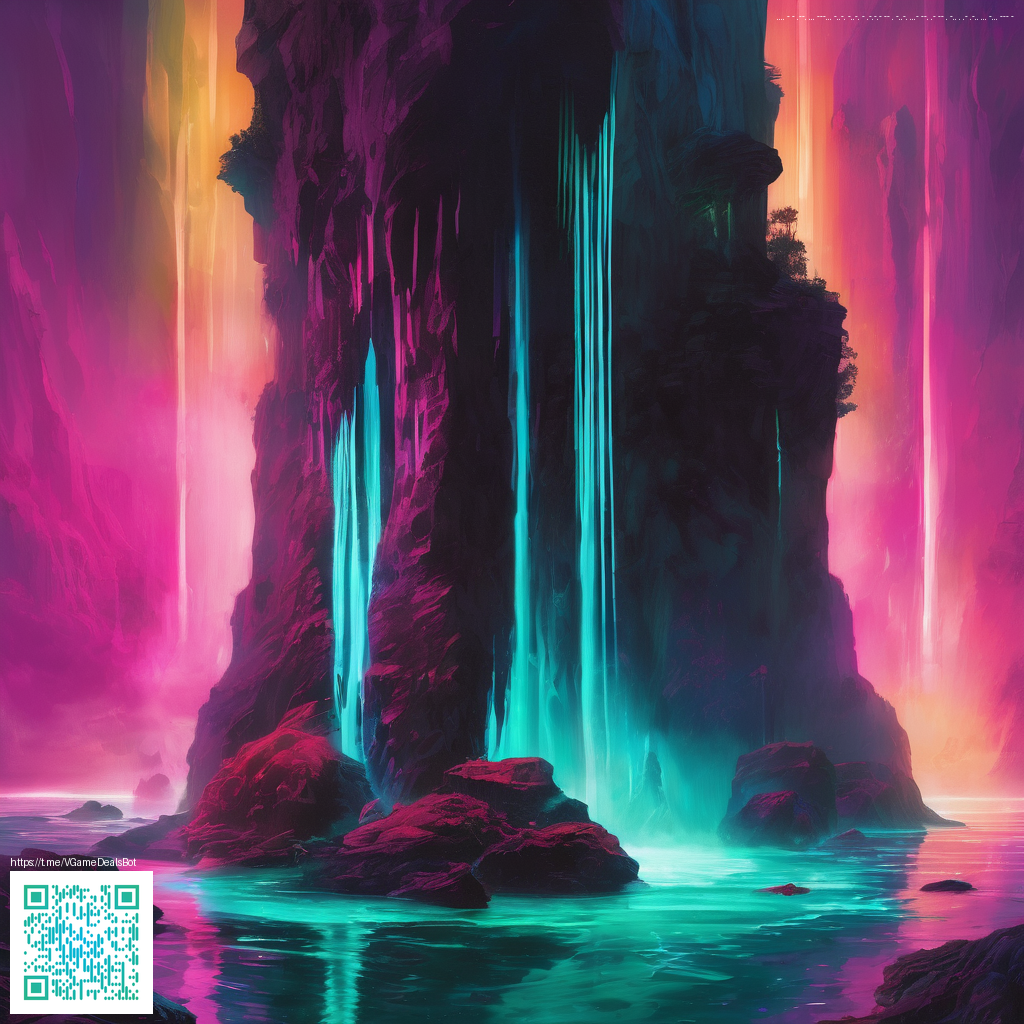
Transparent Paper Craft: Depth, Light, and Texture in Practice
Transparent paper is a quiet revolution for makers who crave depth without sacrificing airiness. By embracing translucency, you can craft pieces that reveal layers in stages—like listening to a chorus where each voice adds warmth and context. The magic lies not in a single perfect sheet, but in how multiple delicate layers interact with light to create something more than the sum of its parts.
What makes depth possible in translucent materials
Depth in paper craft comes from how the pieces overlap, align, and shade one another. When you stack sheets with slightly different opacities, the eye reads a spectrum rather than a flat surface. Subtle shifts—offset edges, minute gaps, or staggered panes—give a sense of distance and structure. It’s a careful dance between transparency and opacity, where light travels through and around each layer, painting the composition with soft shadows and gleaming highlights.
Texture through edge work and micro-details
Texture isn’t only about surface treatment; it’s also about how edges meet light. Embossed lines, micro-perforations, and staggered cuts catch the light at varying angles, producing tactile cues that the eye can read before a single color is perceived. Even without color, the texture tells a story—fluted edges, curled corners, or a faint watermark can transform a flat sheet into a landscape of tactile discoveries.
Techniques to build depth and texture
- Layering with intention: Use sheets of differing translucency to create a gradient of depth, then align them to emphasize a focal plane.
- Edge treatments: Leave some edges raw for a soft glow, or micro-cut shapes to produce delicate silhouettes against light.
- Intermittent translucency: Alternate solid and translucent fragments to choreograph how the viewer’s eye moves across the piece.
- Mounting and framing: Place layers in a shallow frame with a backlight or backlit panel to maximize glow and shadow play.
- Surface accents: Add subtle inks or graphite underlays to amplify contrast when light shifts, without overpowering the translucence.
“When light interacts with a transparent surface, depth emerges not from color but from the way each layer refracts and reflects what stands behind it.”
For designers who enjoy tangible, minimalist materials, the philosophy translates well to everyday objects. The principle—let light reveal structure—can be seen echoed in items that celebrate simplicity and clarity. In practice, you might explore a project where glassy, translucent panels are arranged to guide the viewer’s gaze through a narrative of light and shadow.
In everyday product design, you’ll find that this approach to light and transparency mirrors how certain materials respond to illumination. For readers who appreciate sleek, minimal aesthetics, a product like the Slim Phone Case for iPhone 16 Glossy Lexan Ultra-Thin demonstrates how a surface can manage light with a polished, almost crystallized surface. It’s a reminder that even a slim, seemingly simple item can embody a careful balance of optics, texture, and form.
As you begin to translate these ideas into a hands-on project, keep your goals modest and your light generous. Start with a small palette of translucent papers, test a few layer orders, and observe how the same arrangement looks under daylight, desk lamp, and backlighting. The point isn’t to force a dramatic effect in a single move but to cultivate a quiet, evolving conversation between layers and light.
Materials and starter steps
- Two to five sheets of translucent paper with varying opacity
- Acid-free adhesives and small spacers or mounts
- Assorted edge tools for clean cuts or decorative perforations
- A shallow frame or backlit panel to showcase glow
- Optional pigment or graphite for subtle underlays
Begin by sketching a simple layout—a central focal shape surrounded by translucent halos. Layer the shapes in a deliberate sequence, testing with a light source to observe how the glow shifts as you adjust spacing. This iterative process often yields surprising depth, even with a modest collection of materials. And if you’re curious about how the idea translates to other crafts or objects, you can see practical parallels in contemporary products that celebrate transparency and light management.